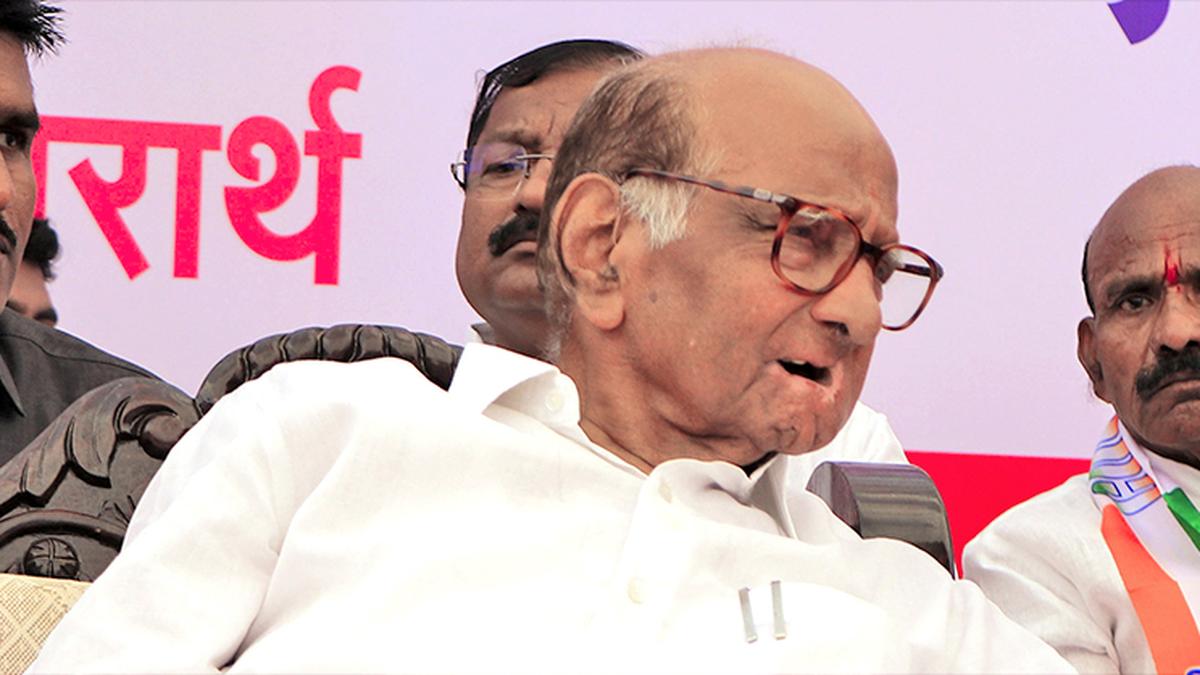In the late 1980s, British writer-journalist Alexander Frater highlighted the capricious nature of the Southwest monsoon in India. Today, Karnataka is facing a weak monsoon and erratic rainfall, reminiscent of those times. Data from the Karnataka State Natural Disaster Monitoring Centre (KSNDMC) shows that the state has experienced a significant rainfall deficit, leading to concerns about crop loss and water scarcity.
The problems caused by the weak monsoon are not new for Karnataka. This year, the monsoon arrived late due to the severe cyclonic storm Biparjoy, which sucked the air dry and weakened the conditions required for rainfall. While the month of July provided some relief with a surplus of rainfall, weather models forecasted below-normal rainfall for August and September.
The influence of the El Nino phenomenon also contributes to the weakening of the monsoon. El Nino is characterized by unusual warming of waters in the eastern Pacific Ocean, leading to warmer summers and weaker monsoons in India.
The impact of the weak monsoon is felt in various sectors. In Bengaluru, the lack of rainfall has led to the driest-ever August in 10 years, with temperatures soaring and drinking water crisis looming. Groundwater levels have dropped, and borewells have gone dry, causing the prices of tanker water to skyrocket. To address the water supply gaps, the Bruhat Bengaluru Mahanagara Palike (BBMP) has allocated funds for the supply of water through tankers.
The agriculture sector is also heavily affected by the weak monsoon. The late arrival of rains has disrupted the sowing of Kharif crops, resulting in a shortened window for cultivation. As a result, the total area of sown crops is significantly lower than the target. In addition, poor rainfall and moisture stress have caused stunted growth, infestation, and diseases in crops, leading to lower yields and potential losses for farmers. Farmer groups are demanding a declaration of drought, as they face the prospect of financial hardship.
The weak monsoon has also revived the longstanding Cauvery dispute between Karnataka and Tamil Nadu. The Cauvery River originates in Karnataka but flows through Tamil Nadu, resulting in conflicts over water sharing. The Cauvery Water Management Authority (CWMA) recently directed Karnataka to release water to Tamil Nadu, leading to opposition from farmers’ groups in the state.
These challenges highlight the need for a scientific water-sharing formula and a distress formula to address the conflicting situation during deficit years. The current ad hoc approach and water-intensive cropping patterns exacerbate the tensions between the two states. The Supreme Court’s intervention in water sharing further complicates the matter, as it takes into account the scarcity of water in the Cauvery basin caused by the weak monsoon.
Overall, the weak monsoon has painted a cloudy picture for Karnataka, affecting various sectors and causing concern for the state government. The challenges of crop loss, water scarcity, and tensions over water sharing require immediate attention and long-term solutions to ensure the welfare and sustainability of the state.










